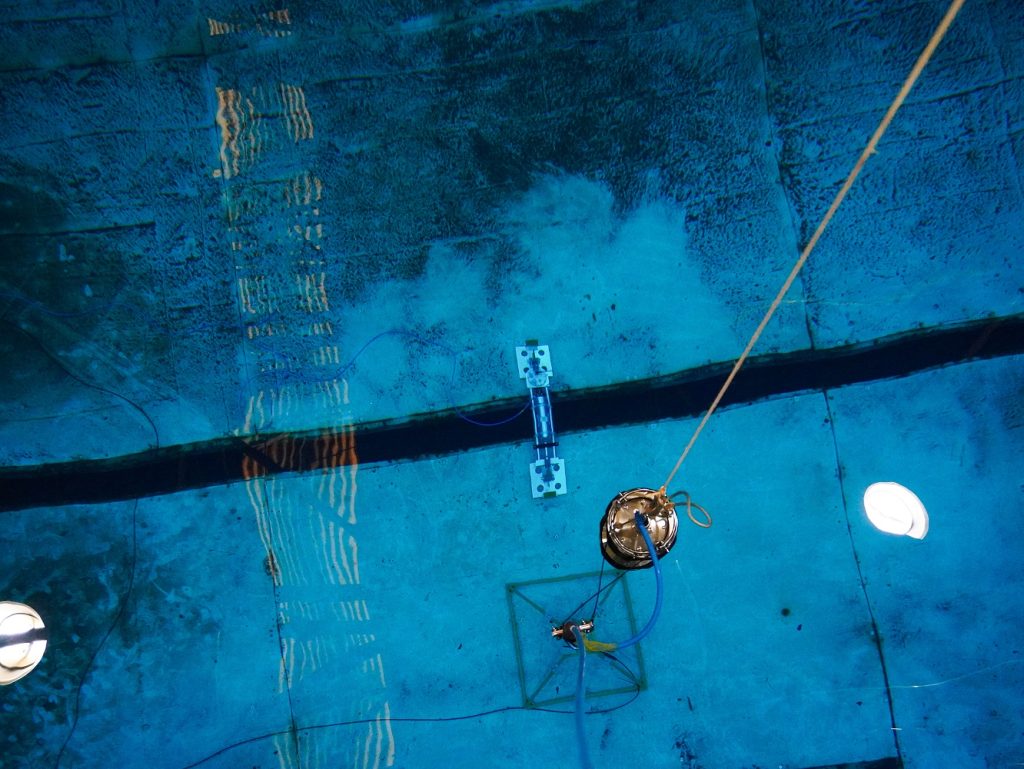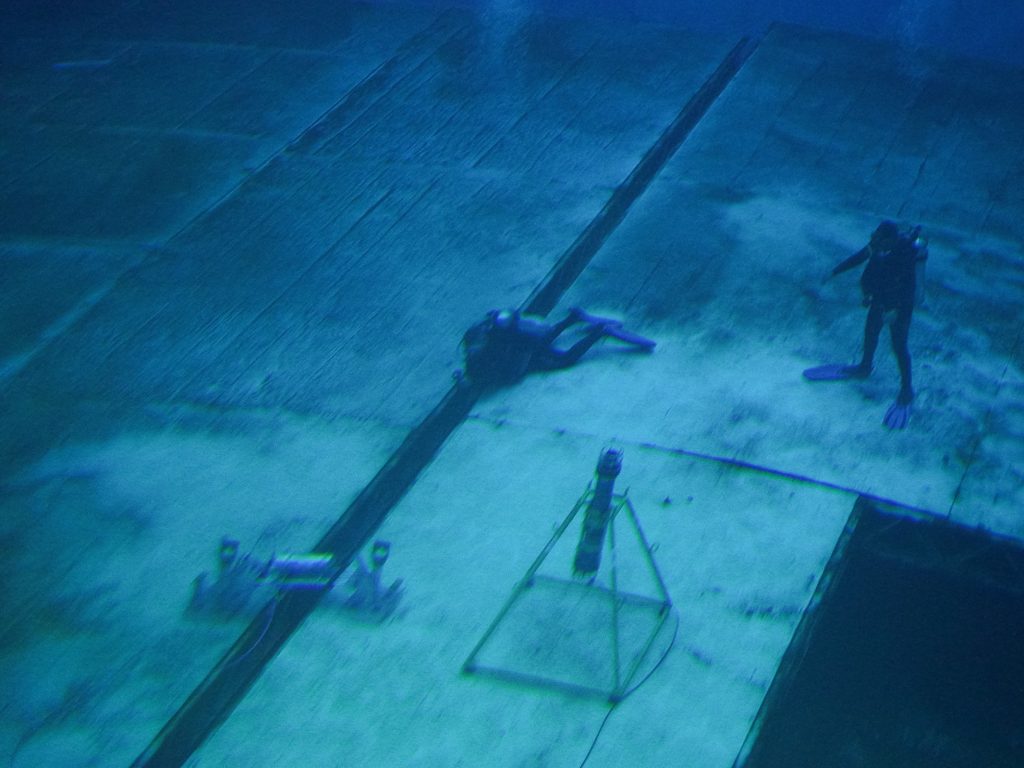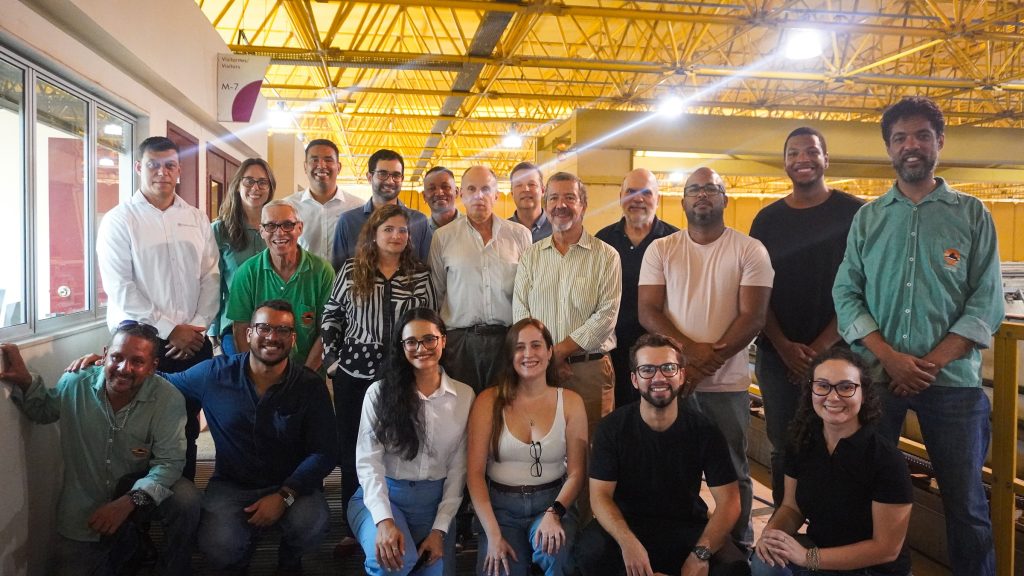Coppe researchers develop innovative system for monitoring marine soil
Planeta COPPE / Civil Engineering / News
Date: 07/05/2025

Researchers from Coppe/UFRJ’s Civil Engineering Program (PEC), in joint research project with Petrobras, with a collaboration from the Norwegian Geotechnological Institute (NGI), developed an innovative system for marine soil monitoring capable of detecting vertical and horizontal displacements and soil inclinations at depths of up to 2,000 meters. This technological advancement is essential for assessing the integrity of offshore structures, such as oil wells and other equipment used in the oil and gas industry. In the future, it may also be used in offshore wind turbine structures.
At Coppe, the project is being carried out by the technical team at Márcio Miranda Soares In situ Testing and Instrumentation Laboratory (LACI), which is linked to the Professor Jacques de Medina Geotechnics Laboratory at PEC. This team is responsible for carrying out integration tests, commissioning and analyzing the system’s data. According to the coordinator of LACI, Professor Fernando Danziger, the system will show the degree of inclination of offshore structures with elevated accuracy, as well as monitoring displacements and cracks that may occur on the seabed, resulting from the oil and gas production process.

The data collected is transmitted via acoustic modems, connected to a processing center on the surface. This allows for continuous and accurate monitoring of seabed conditions, overcoming the limitations of traditional visual inspections performed with ROVs (remotely operated vehicles).
At Petrobras, the new system promises to reduce operating costs related to the use of vessels for visual inspections. The technical coordinator of the project at Petrobras, engineer Ricardo Garske Borges, highlights that the monitoring will focus on structures such as wellheads, manifolds and subsea pipelines, with the expectation of carrying out a field test soon. The system was designed to collect data at regular intervals, with subsequent analysis. However, a second phase of the project includes the implementation of artificial intelligence (AI) to allow real-time analysis, enabling the immediate detection of imminent problems, such as cracks or significant ground movements.

The system validation tests were carried out at Coppe’s Ocean Technology Laboratory (LabOceano), which has the second deepest ocean tank in the world. In this laboratory, the equipment was subjected to realistic simulations of the marine environment, with mobile plates that simulate conditions similar to the opening of cracks in the seabed. Data transmissions are made safely and without interference, using specialized acoustic modems, developed by Sonardyne, which ensure stable and accurate communication of data via digital acoustic waves.
The project also involves simulations in an International Reference Soft Soil Experimental Field, operated by LACI. The field is located on the banks of the Sarapuí River, in the facilities of the Navy Radio Station, in the municipality of Duque de Caxias (RJ). In this field, subsidence (sinking of the soil) will be generated and monitored over time with fiber optic sensors and devices to measure pressure within the soil, technically known as pore pressure transducers. Fernando Danziger explains that these sensors and devices will provide valuable data on the evolution of these processes on the seabed, enabling the development of more reliable prediction methods for the phenomenon.
This research project represents a significant advance in the use of cutting-edge technologies to ensure the safety and integrity of offshore structures, in addition to contributing to the reduction of operational costs and optimization of operations in the oil, gas and renewable energy industries.

